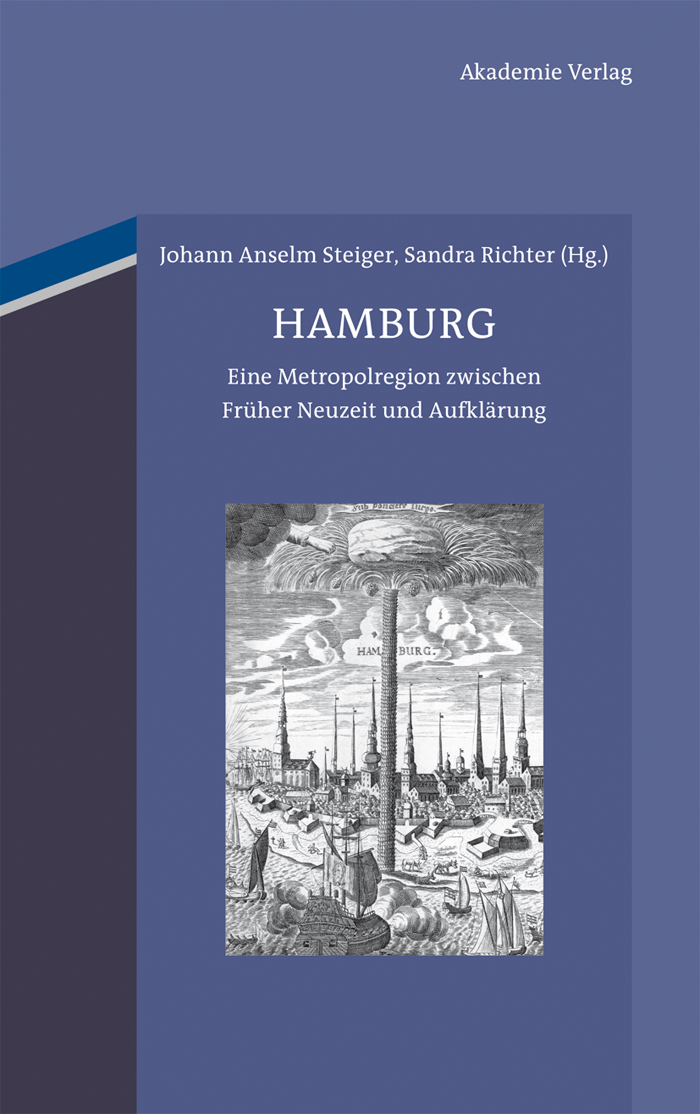283 results on '"Steiger, Sandra"'
Search Results
2. Author Correction: Parent–offspring conflict and its outcome under uni-and biparental care
3. Parent–offspring conflict and its outcome under uni-and biparental care
4. The scent of offspring: chemical profiles of larvae change during development and affect parental behavior in a burying beetle.
5. Temporal variability of the rove beetle (Coleoptera: Staphylinidae) community on small vertebrate carrion and its potential use for forensic entomology
6. Vibrations from the crypt: Investigating the possibility of vibrational communication in burying beetles.
7. Revisiting the ecology and evolution of burying beetle behavior (Staphylinidae: Silphinae).
8. A Parental Volatile Pheromone Triggers Offspring Begging in a Burying Beetle
9. Microbiome-assisted carrion preservation aids larval development in a burying beetle
10. Sociality and communicative complexity: insights from the other insect societies
11. A pheromone that coordinates parental care is evolutionary conserved among burying beetles (Silphidae: Nicrophorus)
12. Staying with the young enhances the fathers’ attractiveness in burying beetles
13. Access to a carcass, but not mating opportunities, influences paternal care in burying beetles
14. Microbial management as a driver of parental care and family aggregations in carrion feeding insects
15. Recognition and Family Life: Recognition Mechanisms in the Biparental Burying Beetle
16. Pheromones Regulating Reproduction in Subsocial Beetles: Insights with References to Eusocial Insects
17. Hamburg: Eine Metropolregion zwischen Früher Neuzeit und Aufklärung
18. Harsh nutritional environment has positive and negative consequences for family living in a burying beetle
19. Variation in sex pheromone emission does not reflect immunocompetence but affects attractiveness of male burying beetles—a combination of laboratory and field experiments
20. Beyond Cuticular Hydrocarbons: Chemically Mediated Mate Recognition in the Subsocial Burying Beetle Nicrophorus vespilloides
21. Beyond species recognition: somatic state affects long-distance sex pheromone communication
22. Species divergence in offspring begging and parental provisioning is linked to nutritional dependency
23. Sexual selection on cuticular hydrocarbons of male sagebrush crickets in the wild
24. Brood size, food availability, and body size affects male care decisions and offspring performance.
25. Offspring dependence on parental care and the role of parental transfer of oral fluids in burying beetles
26. Linking bacteria, volatiles and insects on carrion: the role of temporal and spatial factors regulating inter-kingdom communication via volatiles
27. Bigger mothers are better mothers: disentangling size-related prenatal and postnatal maternal effects
28. Size Exclusion High Performance Liquid Chromatography: Re-Discovery of a Rapid and Versatile Method for Clean-Up and Fractionation in Chemical Ecology
29. Sex differences in immunity and rapid upregulation of immune defence during parental care in the burying beetle, Nicrophorus orbicollis
30. The origin and dynamic evolution of chemical information transfer
31. Contribution of males to brood care can compensate for their food consumption from a shared resource
32. Electronic supplementary material for sampling procedure, model outputs and habitat parameters from Linking bacteria, volatiles and insects on carrion: the role of temporal and spatial factors regulating inter-kingdom communication via volatiles
33. The Coolidge Effect, Individual Recognition and Selection for Distinctive Cuticular Signatures in a Burying Beetle
34. Adaptive Consequences and Heritable Basis of Asynchronous Hatching in Nicrophorus vespilloides
35. Correlated Changes in Breeding Status and Polyunsaturated Cuticular Hydrocarbons: The Chemical Basis of Nestmate Recognition in the Burying Beetle Nicrophorus vespilloides?
36. The Smell of Parents: Breeding Status Influences Cuticular Hydrocarbon Pattern in the Burying Beetle Nicrophorus vespilloides
37. Differences in sibling cooperation in presence and absence of parental care in a genus with interspecific variation in offspring dependence
38. Males benefit personally from family life: evidence from a wild burying beetle population
39. From class-specific to individual discrimination: acceptance threshold changes with risk in the partner recognition system of the burying beetle Nicrophorus vespilloides
40. (E)-Methylgeranate, a chemical signal of juvenile hormone titre and its role in the partner recognition system of burying beetles
41. Burying Beetle Parents Adaptively Manipulate Information Broadcast from a Microbial Community
42. Finding A Fresh Carcass: Bacterially-Derived Volatiles And Burying Beetle Search Success
43. Environmental variables and results of quasi-Poisson-GLMs and Gaussian-GLMs from Forest habitat parameters influence abundance and diversity of cadaver-visiting dung beetles in Central Europe
44. Forest habitat parameters influence abundance and diversity of cadaver-visiting dung beetles in Central Europe
45. The Impact of Environmental Factors on the Efficacy of Chemical Communication in the Burying Beetle (Coleoptera: Silphidae)
46. Development of Novel Types of Plastid Transformation Vectors and Evaluation of Factors Controlling Expression
47. Dominance status and sex influence nutritional state and immunity in burying beetles Nicrophorus orbicollis
48. Dominance status and carcass availability affect the outcome of sperm competition in burying beetles
49. Local and Landscape Effects on Carrion-Associated Rove Beetle (Coleoptera: Staphylinidae) Communities in German Forests
50. The Attraction of the Dung Beetle Anoplotrupes stercorosus (Coleoptera: Geotrupidae) to Volatiles from Vertebrate Cadavers
Catalog
Books, media, physical & digital resources
Discovery Service for Jio Institute Digital Library
For full access to our library's resources, please sign in.
